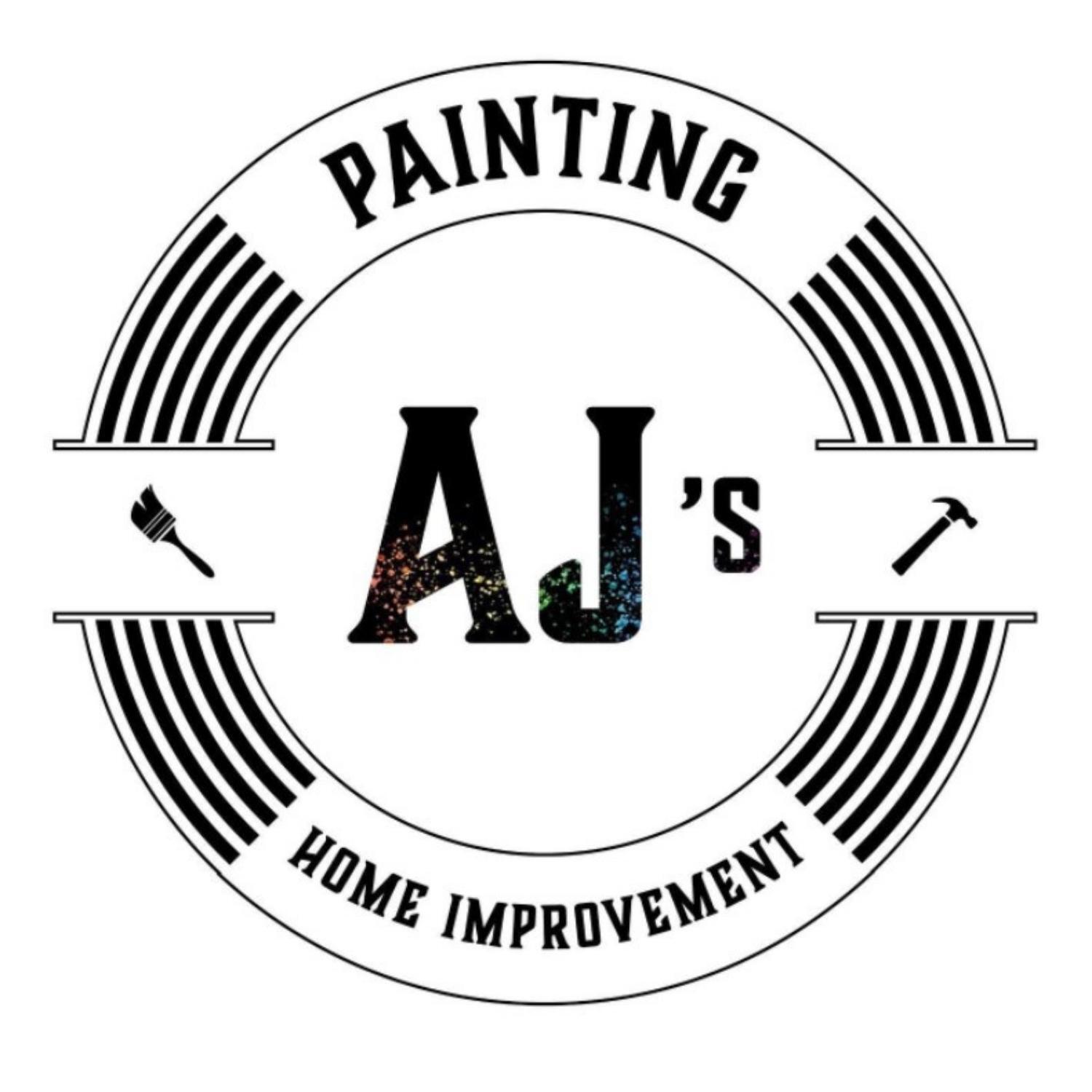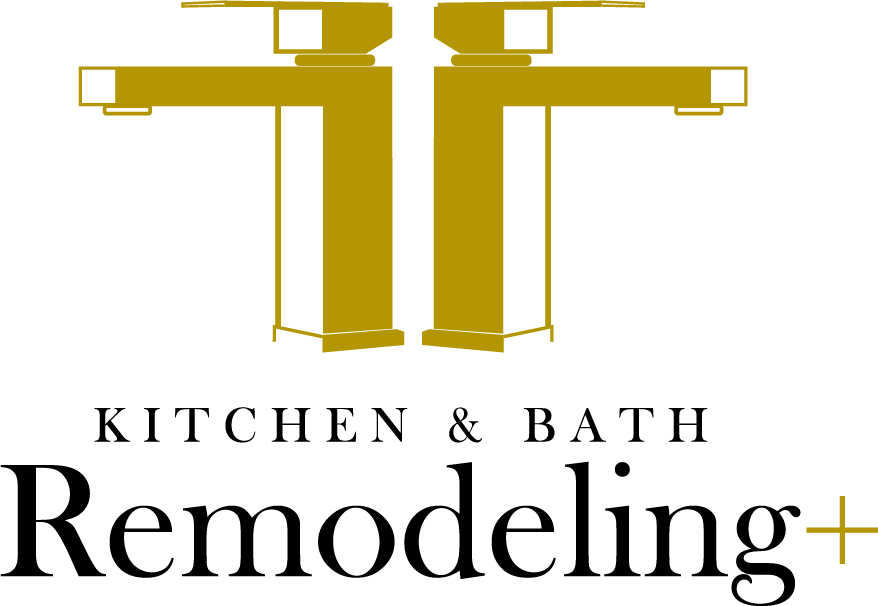The Top 5 Business Exit Strategies Near Philadelphia
There are a number of different exit strategies that business owners can consider when they reach the point where they want to sell their business. Before making a decision, it is important to understand the pros and cons of each option.
1. Sale to a Third Party: The most common way to exit a business is to sell it to a third party. This can be a private buyer or a public company. The advantages of this route are that the business owner can get cash quickly and the buyer usually has a long-term plan for the business. The downside is that the owner may not get the best price for the business and may have to give up control of the company.
2. Sale to a Family Member: Another option is to sell the business to a family member. This can be a brother, sister, parent, or spouse. The advantage of this route is that the owner can get a fair price for the business and usually retains some control over the company. The downside is that there can be tension within the family if they are not able to agree on a sale price or the direction of the company.
3. Private Equity: A third option is to sell the business to a private equity firm. The advantage of this route is that the owner can get a fair price for the business and usually retains some control over the company. The downside is that the owner may have to give up a significant portion of the company and may not be able to continue running the business themselves.
4. Going Public: Another option is to take the company public by selling shares on a stock exchange. The advantage of this route is that the owner can get a fair price for the business and usually retains some control over the company. The downside is that it can be expensive and time-consuming to go public and the owner may have to give up a significant portion of the company.
5. Liquidation: The final option is to liquidate the business and sell its assets. The advantage of this route is that the owner can get a fair price for the business and usually retains some control over the company. the company. The downside is that the owner may not get the best price for the business and may have to give up control of the company.
There are a number of different options for exiting a business. The most common way is to sell it to a third party, but the owner can also sell it to a family member, private equity firm, or public company. The choice of option depends on the circumstances and the seller's goals.
When it comes time to sell a business, the owner has a number of different options. The most common way is to sell it to a third party, but the owner can also sell it to a family member, private equity firm, or public company. The choice of option depends on the circumstances and the seller's goals.
Choosing the Right Exit Strategy for Your Business
When it comes time to sell a business, the owner has a number of different options. The most common way is to sell it to a third party, but the owner can also sell it to a family member, private equity firm, or public company. The choice of option depends on the circumstances and the seller's goals.
The most common way to exit a business is to sell it to a third party. This can be done in a number of ways, such as through an asset sale or a stock sale. The advantage of this route is that the owner can usually get a fair price for the business and may be able to retain some control over the company. The downside is that it can be expensive and time-consuming to go through a sale, and the owner may have to give up a significant portion of the company.
Another option is to sell it to a private equity firm. This can be a good option if the owner wants to get a fair price for the business and retain some control over the company. However, this route can be expensive and the owner may have to give up a significant portion of the company. The final option is to sell the business to a public company. This is the most expensive and time-consuming option, but it can be a good way to get a fair price for the business and retain some control over the company.
It is important to weigh the pros and cons of each option before deciding on the best exit strategy for your business.
Calculating the Cost of an Exit
Each exit strategy has different costs associated with it. Here are some of the most common costs:
-Attorney fees: Attorney fees can range from a few thousand dollars to $100,000 or more.
-Fees to financial advisors: Financial advisors typically charge a percentage of the sale price, which can range from a few thousand dollars to tens of thousands of dollars. q
-Transfer taxes: Depending on the type of sale, transfer taxes may be due immediately after the sale or at a later date. These taxes can range from a few hundred dollars to several thousand dollars.
-Accountant fees: An accountant typically charges a fee for preparing the sale documents and accompanying financial statements. This fee can range from a few hundred dollars to several thousand dollars.
-Selling price: The selling price is obviously a key factor in any sale. When it comes time to sell a business, the owner has a number of different options. It can range from a few thousand dollars to millions of dollars.
It is important to weigh the pros and cons of each option before deciding on the best exit strategy for your business. When it comes time to sell a business, the owner has a number of different options. The most common way is to sell it to a third party, but the owner can also sell it to a family member, private equity firm, or public company. The choice of option depends on the circumstances and the seller's goals.
Byron Roth is the Owner and President of The Alternative Board (TAB) Lehigh Valley, encompassing the areas of Allentown, Bethlehem, Easton and Nazareth and other locations throughout the Lehigh Valley. TAB Lehigh Valley through the combination of advisory boards and private coaching helps forward-thinking business owners improve their business operations and regain control over their lives.
Byron has spent more than 20 years leading small, medium and large sized businesses through varied operational issues including improving competitiveness, organizational restructuring, acquisition of technology, divesting of technology and litigation within multiple categories including aftermarket service, engineering, manufacturing and project delivery.



















